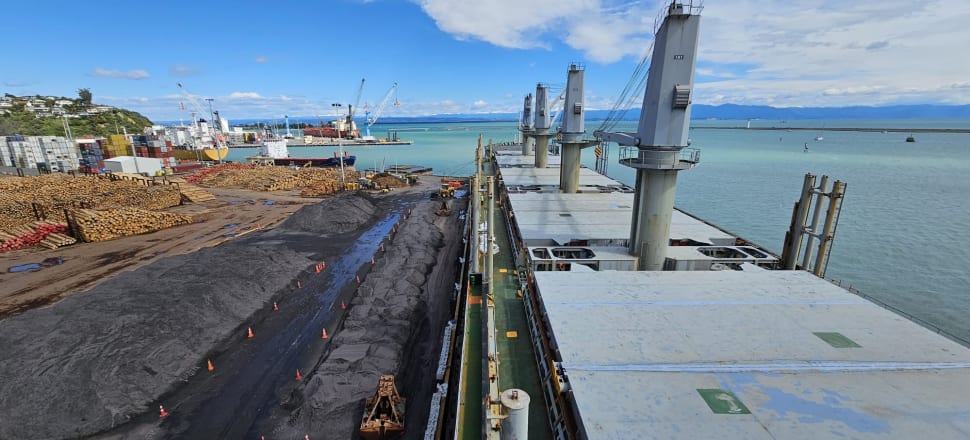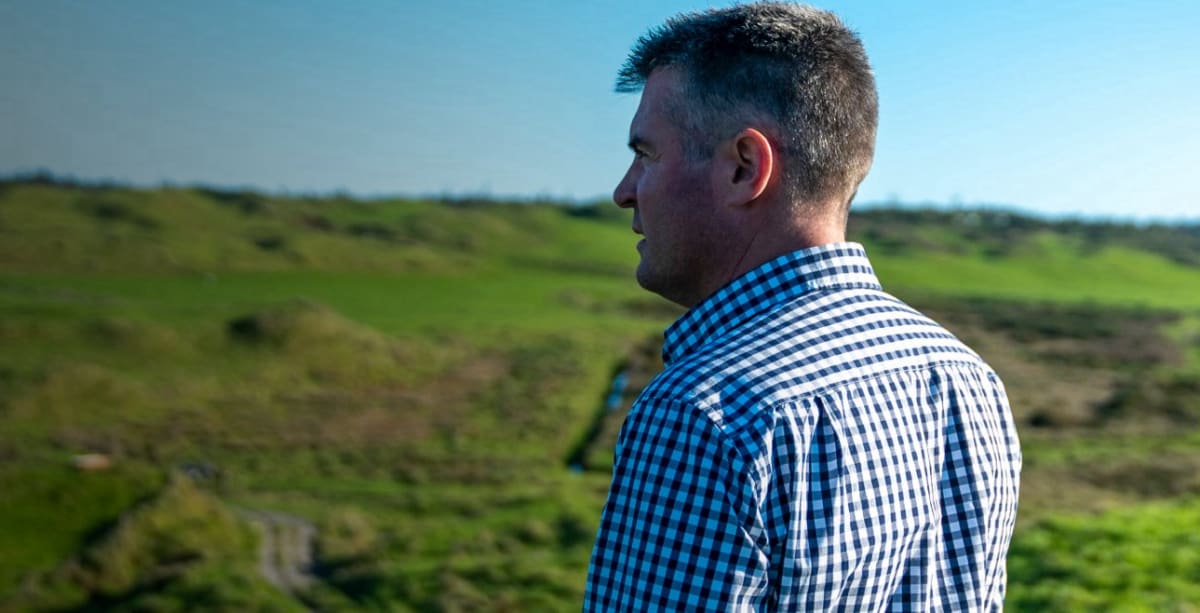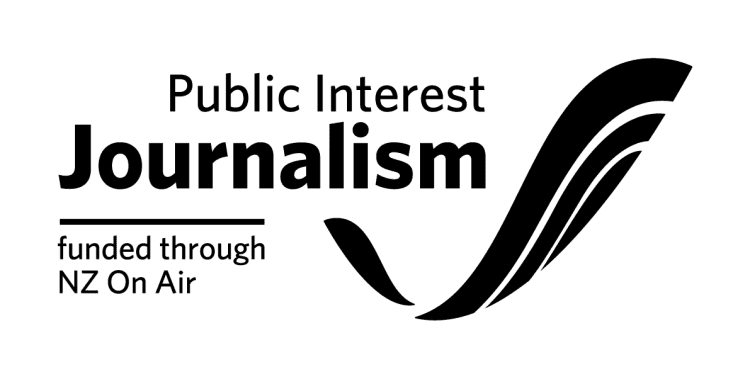
A huge government-subsidised barge is being seen as a boon for mineral exports and coastal shipping
The West Coast’s first bulk shipment of heavy mineral sands sets sail for Asia on October 3 marking a major milestone for the region’s fledgling industry.
The 26,000 tonnes of ore concentrate from Westland Mineral Sands’ mine north of Westport is making the journey from Port Nelson to China for processing to extract ilmenite, garnet and other high-value industrial commodities.
WMS has previously sent container-loads of the ore to potential Chinese customers for sampling after sand mining began at the Buller site last year.
But managing director Ray Mudgway says this month’s multimillion-dollar bulk export shipment is the first of its kind and marks a turning point for the company and the mineral-sands industry on the Coast.
“The customers are keen on the product,” Mudgway says.
“They flew out to take a look at our operation and see the first shipment going out.
“It’s a whole new export industry from our region and we think it’s something to celebrate.”
The shipload was trucked to Nelson via the Buller Gorge but barring emergencies future loads will be barged out to seagoing vessels directly from Westport, Mudgway says.
WMS subsidiary West Coast Bulk Logistics, which leases and runs the ports of Westport and Greymouth, has bought a specialised barge for the job helped by a Waka Kotahi grant from the government’s $30 million coastal-shipping fund.
The motorised monster, which is being fitted out at Batam Port off Singapore, is the size of a rugby field.
With its shallow 2.5m draft it is well suited to West Coast harbours and bars, Mudgway says.

“Our international customers want the product now and our storage depot in Westport was full so we had to find a way to get the ore to market as soon as possible.
“When the barge arrives in a few months we’ll be able to export without relying heavily on road transport,” Mudgway says.
Less is more
Not all West Coasters are enthusiastic about the region’s new industry.
The prospect of ore trucks on narrow winding coastal roads is a sore point further south where Barrytown residents are nervous about plans for a second mineral-sands operation by a different company.
Australian miner TiGa is facing determined opposition to its proposal – publicly notified last month – to dig for minerals in the Barrytown Flats north of Greymouth.
Coast Road objectors say the region’s economy is doing fine without more mines and damage to tourism and amenity values will be unavoidable with ore trucks running day and night on the popular scenic route.
The Barrytown Resilience Group has raised $20,000 to fund its battle and is calling for a protest when the company hosts a public meeting at the local hall on October 10.
“We have just two weeks left to get our submissions in and the councils still haven’t published the peer review they commissioned on the ecological impact,” says spokesperson Katherine Crick.
“We don’t think that’s fair.”
But industry momentum is still building. WMS is about to lodge applications for resource consent to extract heavy mineral sands from 110ha of private farmland at Mananui south of Hokitika.
The project is expected to make $71 million in export earnings a year and create up to 70 jobs, the company says.
Wait there’s more
There will be added benefit to the port of Greymouth, according to Mudgway, where the ore will be trucked before being barged to an export vessel.
The barge could also be a game-changer for other ports and other industries, marking the revival of coastal shipping, he says.
“It’s not just the West Coast of the South Island that has a transport problem.
“There are a lot of communities that have similar challenges of isolation, winding roads and resilience issues.
“And they’ve also got a lot of resources.
“Getting our ports working again and using barges has huge implications for our regional economies and also for disaster relief.”

West Coast Regional Council chair Peter Haddock says the barge – capable of carrying 200 truckloads at a time – could also make possible the export of rock and gravel, a cargo too costly to cart long distances by road.
“The country’s desperately short of aggregates and rock for river protection,” Haddock says.
“A lot of rivers in other regions don’t have consent to take gravel out any more, whereas here on the Coast we have an abundance of gravel.
“In fact we’ve got too much because our river beds are aggrading and causing flooding.
“So there’s a real opportunity to export around the country these sought-after aggregates and rock for projects to protect communities.
“The Hutt River desperately needs it, for instance, and in Wellington they’re talking about an extension to the airport.
“Well, we have the resources and soon we will have a way to move them.”
Mudgway says WMS is hoping to barge its first load of heavy-minerals concentrate in January.
Its logistics company is already handling inquiries from West Coast quarry owners about hiring it.
“We have consents ready for ship-to-ship transfers, the ports are ready – Westport’s has its loading conveyor.
“We’ve got the ship, the customers and the product. It’s just getting that barge here and we’re away.”
Made with the support of the Public Interest Journalism Fund








